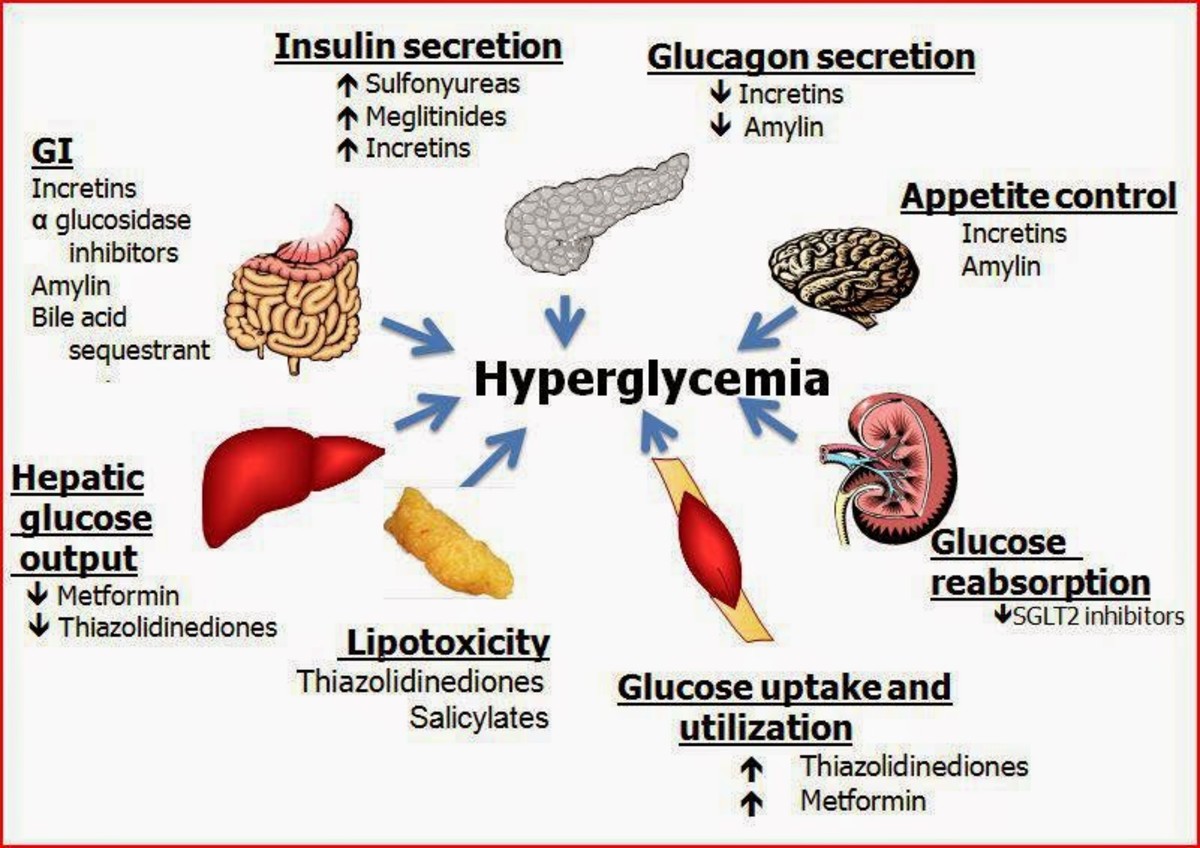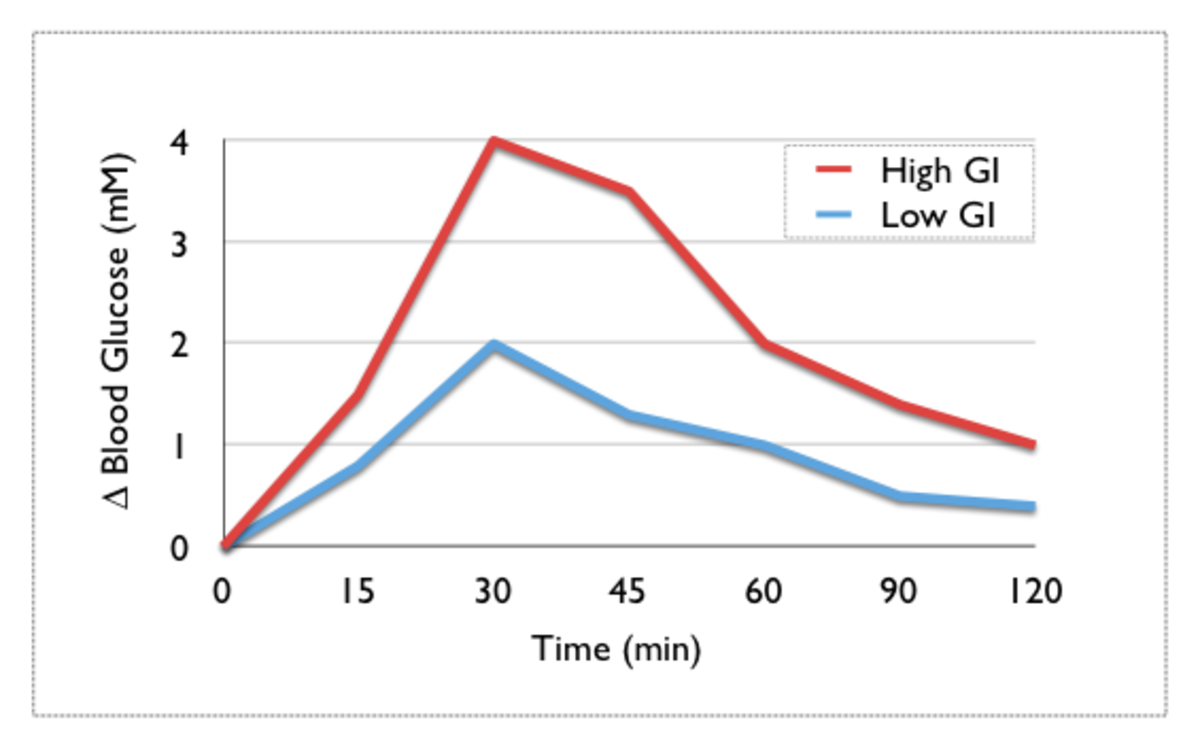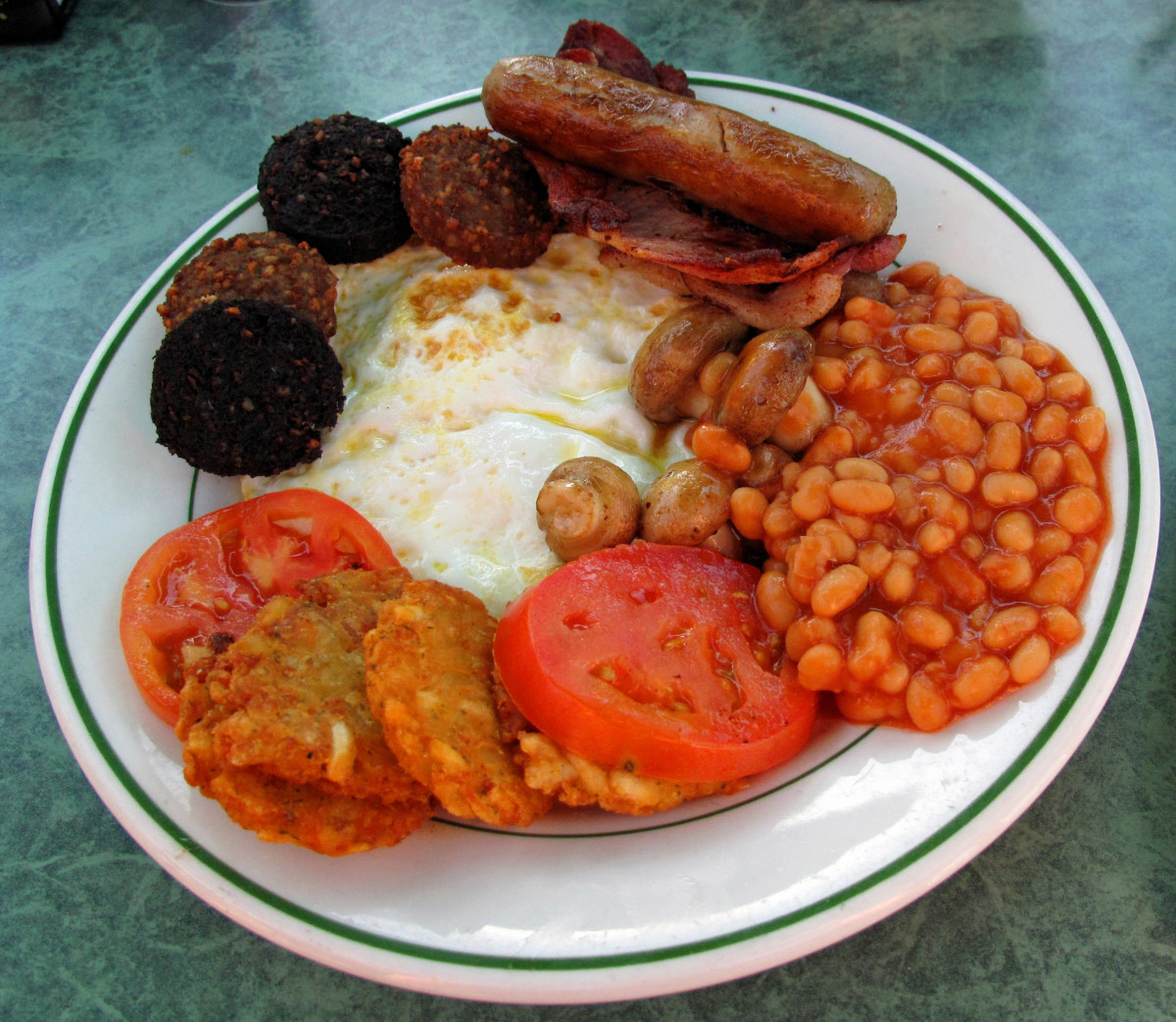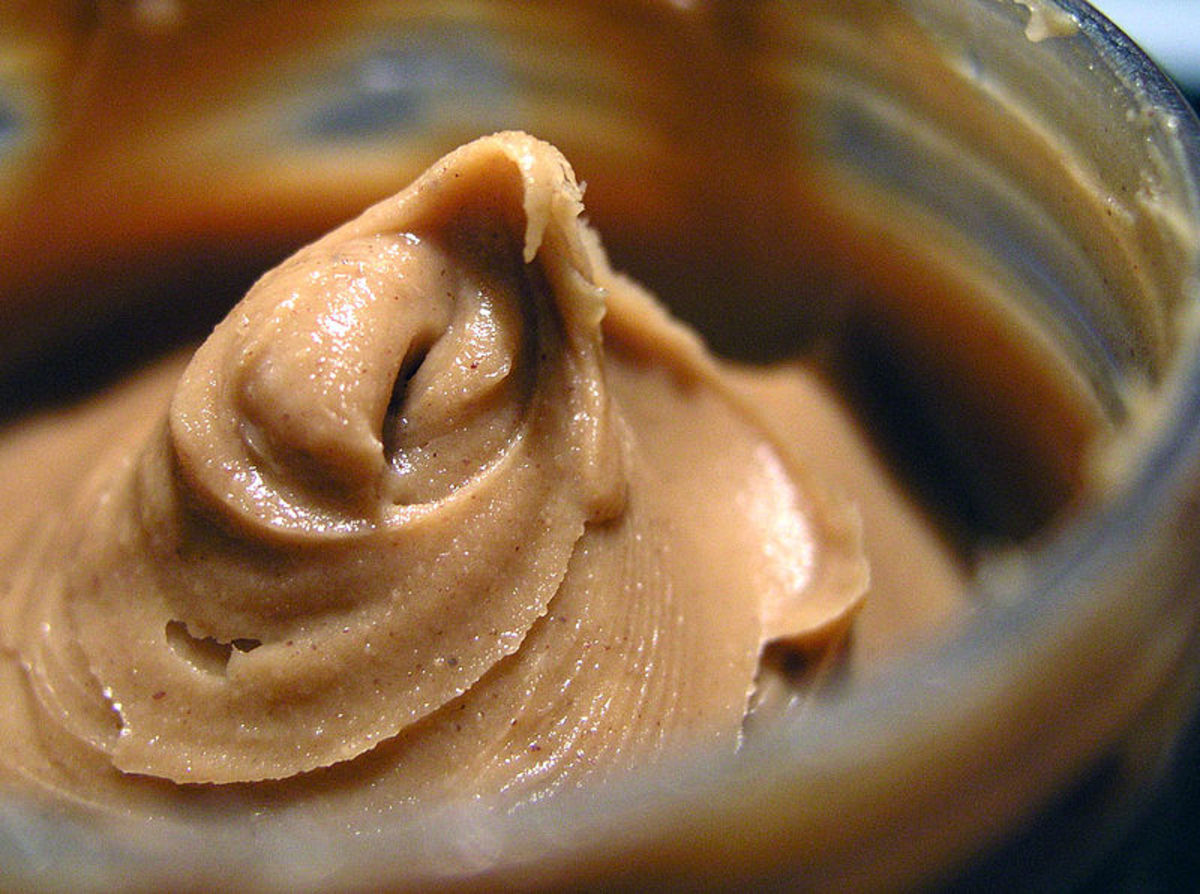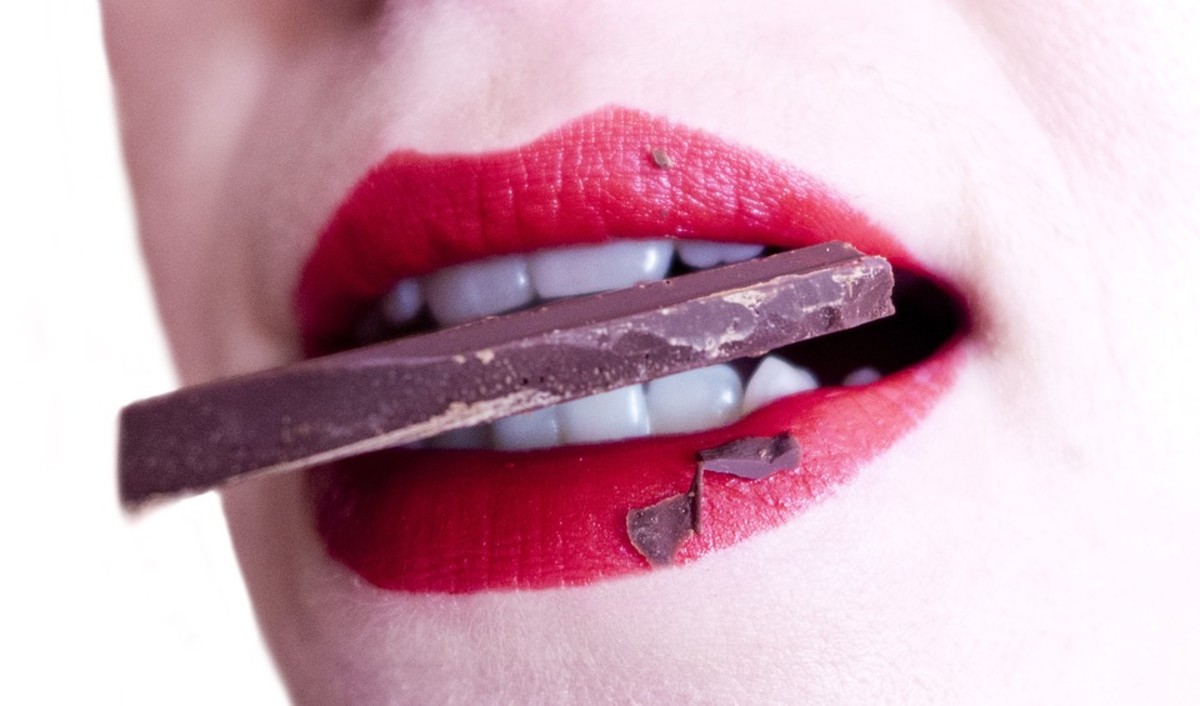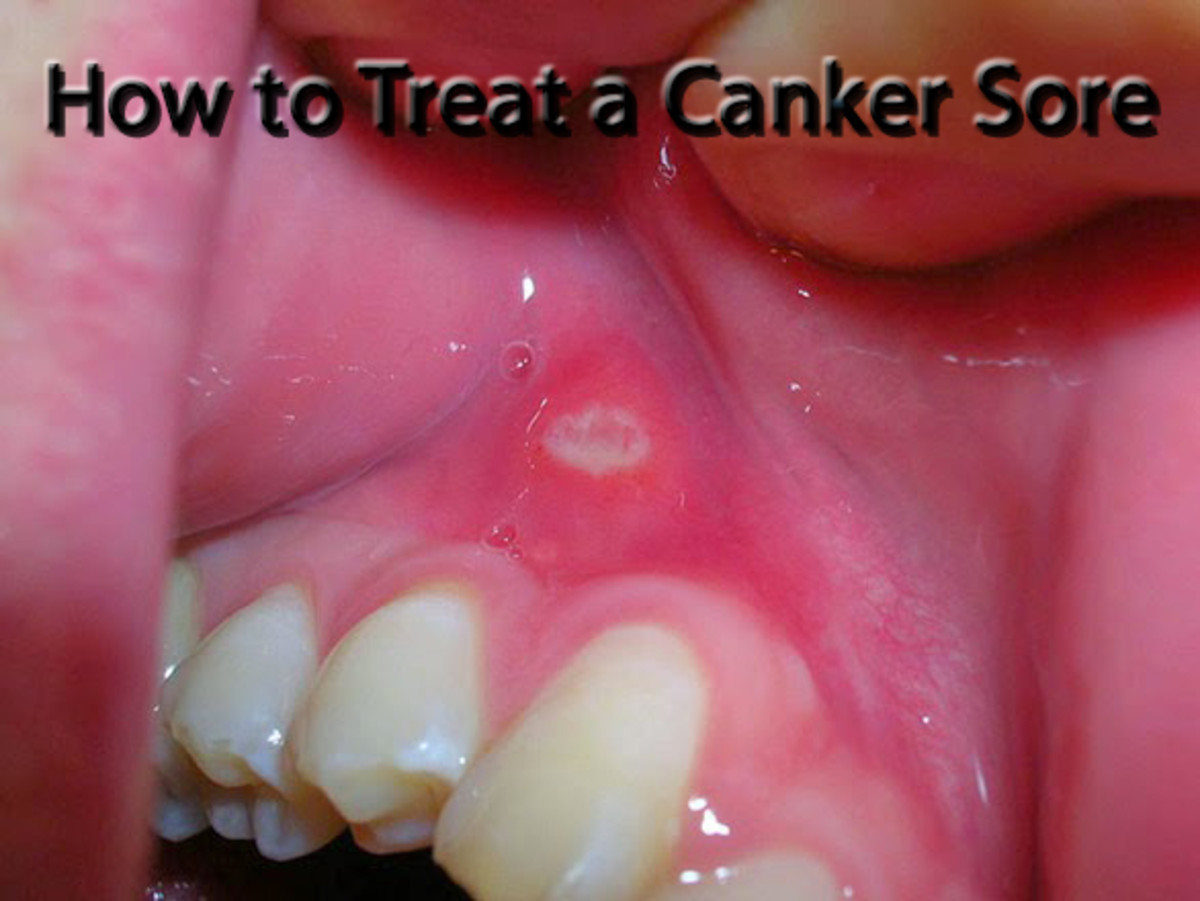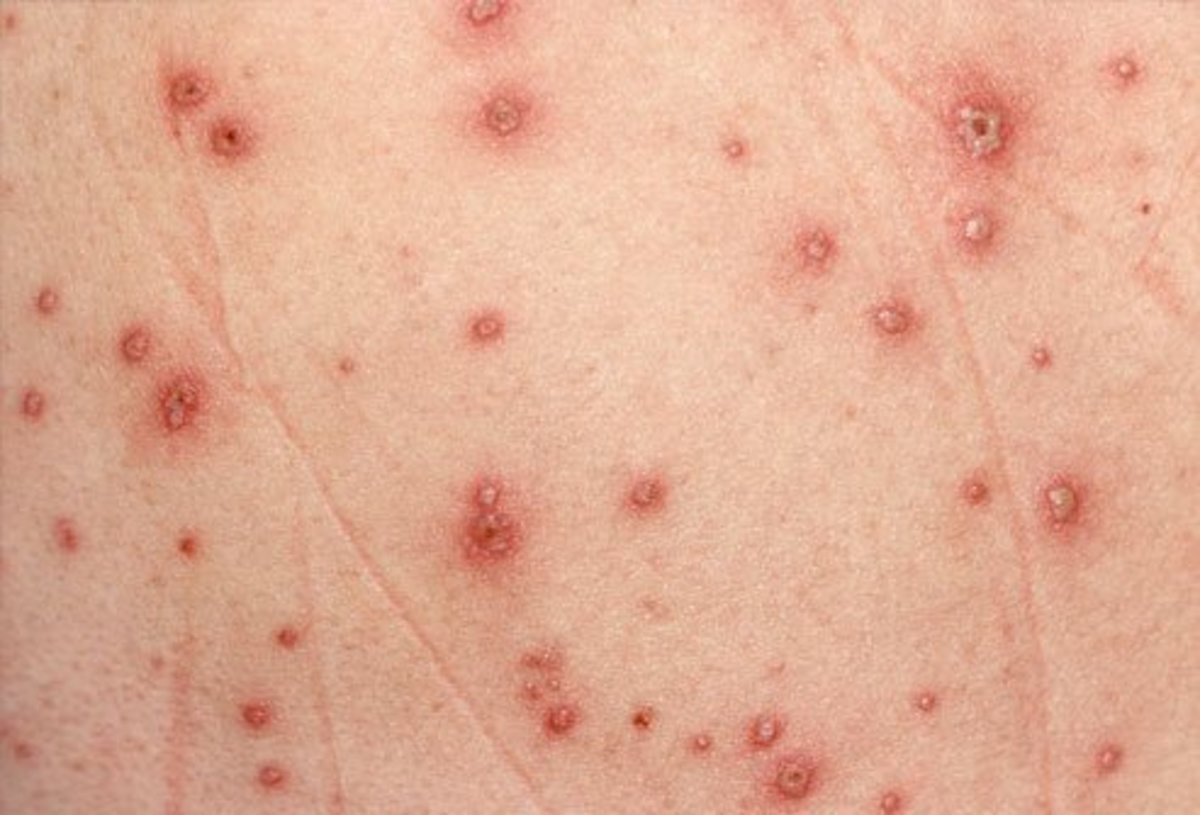Help for Diabetics to Understand A1C and Aid in Dieting
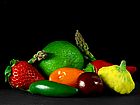
A1C Testing
Let’s try to understand an elevated A1C. A1C gives a picture of the average amount of glucose in the blood over the previous few months. How can the first test give you an average? What does it have for a reference point?
A1C measures the glucose, or sugar, that is attached to hemoglobin. Hemoglobin is a protein found in red blood cells. This protein forms a compound when it sticks with the red blood cells. Once the compound is formed, it does not break down. It travels in the blood stream for around 120 days.
Another chemical called insulin is excreted by the pancreas. The glucose and the insulin combine and enter the cells in muscles and the brain.
The glucose and the insulin combination sticks together for the life span of the red blood cell. A red blood cell’s life span averages 120 days. It is this blood that is used to measure the A1C. So the A1C is an index of the blood sugar for about 120 days or 3 to 4 months.
The blood glucose for the preceding 30 days counts more to the level of the A1C than the first 90 days. The normal level of people without diabetes is 4% to 6%. According to the American Diabetes Association, the goal of all diabetics is to keep their blood glucose levels as close to normal as possible. The closer a diabetic can keep their A1C to 7% without becoming hypoglycemic the better.
Everything we eat turns into sugar or glucose at some point. Glucose is absorbed into the bloodstream and carried to the body’s cells. If a person takes in more glucose than the body needs at the time, the body stores the extra glucose in the liver and muscles in a form called glycogen.
The body can use glycogen for energy between meals. When blood glucose begins to fall, the liver starts to breakdown glycogen and releases glucose into the bloodstream. This keeps the blood sugar level on an even level. In a diabetic this glycogen doesn’t respond as well.
The body via the brain calls for the liver to release more sugar to be used for energy. Remember, our body is storing this glucose in the liver as glycogen. The normal function of our body is to release this insulin and glucose when we need it. A diabetic releases too little insulin or too much glucose. Or an equally serious problem is when too much insulin or too little glucose is release. This is called hypoglycemic. The same A1C test can be used to determine both these conditions.
If everything we eat is broken down into sugar eventually, the goal in dieting is to keep energy on an even level throughout the day and to prevent spikes in sugar levels. The foods we eat break down and enter the blood stream at different rates of speed. This is important when planning what you are eating and your needs at the time.
Complications from high glucose levels can lead to blindness, kidney damage, nerve damage in the arms and legs, and damage to your cardiovascular system
Hypoglycemia is when the blood sugar level goes too low. This can happen suddenly and can be treated quickly and easily. The quickest fix is eating or drinking a small amount of glucose. If left untreated hypoglycemic can lead to confusion, clumsiness and fainting. Severe cases may lead to seizures, coma and even death. Don’t take low blood sugar lightly, it can be as much as a problem as too much sugar. If you have a hypoglycemic moment, you can feel relief as soon as you have a glass of orange juice. Some people carry a Hershey chocolate bar with them. This is not the choice of most physicians.
The signs or symptoms of diabetes are;
Increased thirst
Increased urination
Fatigue
Blurred vision
Slow healing infections
The A1C test will confirm the diagnosis. Your doctor will decide the best course for you. Insulin shots are indicated if diet and pills can not correct the imbalance. The first choice would be a diet change.
Once you are put on a diabetic diet, you are often limited to 1500 to 1800 calories per day. Carbohydrates should make up about 50 % of the total. Running 40% to 60% is okay. You are in the ball park. Carbohydrates make your blood sugar go up. The more carbohydrates you eat, the higher your blood sugar goes. This is where you must be careful and be smart. The glycemic index should be a very important part of your choices in dieting. You can find the index at www.diabetes.org and at, www.glycemicgourmet.com.
The glycemic index rates the carbohydrates by the way they affect your blood sugar levels. Choosing foods that have a low glycemic index will help a diabetic keep sugar levels even. Foods with a low glycemic number cause smaller changes in the blood glucose level. Foods with a 55 or lower are considered good for you. The medium range is from 56 to 69. Any food with an index over seventy should be avoided or limited. The more a food is processed or cooked, the higher the glycemic index. There are other benefits to a low glycemic diet than just helping diabetics. They include:
Increase the body’s sensitivity to insulin
Improve diabetic management
Reduce to risk of heart disease
Improve blood cholesterol levels
Manage the symptoms of PCOS (polycystic ovary syndrome)
Reduce hunger and keeps you fuller longer
Prolongs physical endurance
Refuel carbohydrates stress after exercise
Why some foods in the same food group are good for you and others are not? Take a look at this brief chart comparing two foods in the same group, but notice the difference in the glycemic index. Not all foods are created equal in the glycemic index.
Fructose 22 cherries 22 All Bran 51 lima beans 32
Maltose 105 dates 103 Rice Chex 89 Parsnips 97
Eating every 2 to 3 hours is the best plan, or planning 5 or 6 small meals. Choose whatever works best for your schedule. You can make up your own diet with a little knowledge and determination. Remember to keep the glycemic index in your criteria when choosing foods. Let’s start with what a diet should consist of. A good diabetic diet should be a combination of these six groups.
Protein
Bread
Dairy
Vegetables
Fruit
Unsaturated fat.
Proteins are not only the fish, lean beef or chicken, they include dairy products, beans and nuts. Choose fish that is high in omega-3 fatty acids, like salmon. Remember fish is to be boiled, steamed, baked or grilled, never fried. Dairy products like eggs, yogurt and chesses are proteins, Nuts and seeds like sunflower, pumpkin, and flax are also protein. Work these into your diet.
Foods to avoid include breaded and deep fried fish, fried chicken and fried beef.
Bread can provide some confusion to dieters. There is an old wise saying, “The whiter the bread, the quicker you’re dead.” White bread is made from refined white flour. or enriched wheat flour. The whole wheat grain has been processed so all the trace of the husk or bran are removed, then bleached. That in it self sounds bad enough. White anything has a high glycemic index and also raises bad LDL cholesterol. It is not the brown bread or wheat that is good for you, it is the whole grain. This contains the hull of the wheat and is full of vitamins. Look for breads that are whole grains, stone ground flour or sourdough.
All white foods are out: white flour. white rice, white potatoes and white breads, rolls, and biscuits.
Dairy products have to be carefully calculated. A recent report in the Diabetes Care magazine written by, Simin Liu, MD, ScD, stated, “..middle aged women were less likely to be diagnosed with type 2 diabetes if they frequently ate dairy products.” Dairy products, such as yogurt aid in digestion. We learned this is important in breaking down carbohydrates. But, dairy products can be high in carbs and high in fats. Read the labels and make wise choices. Look for healthy fats.
Avoid at all cost the saturated and trans fats.
Vegetables could be labeled, ‘the good, the bad, and the ugly.’ Most are low on the gylcemic index and low in carbs, but some increase there statistic and some reach the high, no good for you list. It is easier to make a list of the no’s and stay away from those vegetables. A small salad is considered a vegetable in the diet counting. Kidney, navy, pinto and black beans are starchy vegetables and protein, take this into count when planning. Dark green leafy vegetables, like spinach, collards and kale are low on the glycemic index and good for you. Sweet potato is a starchy vegetable. A sweet potato is lower in the glycemic index than a regular potato. Regular potato falls into the NO white label.
Avoid beans like baked beans, loaded with sugar, parsnips, corn and peas, these are high in starch.
Fruits are another some good some, some bad category . The portion should be the size of a tennis ball. Blueberries and strawberries are packed with antioxidants, vitamins and fiber. Tomatoes are rich in lycopene. Citrus fruit like grapefruit, oranges, lemons, limes, along with peaches and apples, are all good choices.
Bananas, grapes and mangoes are high on the GI
Unsaturated fat in a very small amount can be used sparingly. Avoid all foods that are high in sugar like honey and artificial sweeteners. A good artificial sweetener is Stevin. If you do need a chocolate fix, find a dark chocolate with at least 75% cocoa solid. Healthy fats include monounsaturated fats like, avocado, canola oils, cashews, almonds, pecans and olives. Polyunsaturated fats like corn oil, soy oil, safflower oil and walnuts. Omega 3 fats found in tuna, rainbow trout, sardines, mackerel. These are all okay in moderation.
Unhealthy fats include saturated fats found in cream sauces, chocolate, poultry skin, butter, sausage, bacon, bologna and hot dogs. Trans fats usually are found in a solid form like, margarine sticks and full fat chesses and in the French fries at fast food restaurants and microwave popcorn.
The chart below shows the rate at which different foods start to digest and enter the bloodstream. This is extremely important when deciding what to eat in a crisis. You would not reach for a cold piece of chicken (protein) to get relief from dizziness due to low sugar. The choice would be a piece of fruit.
Sweets or fruits immediately
Slower starches/carbohydrates 1 to 2 hours
Proteins four hours
Fats four to 6 hours
Avoid Fatty red meat
Organ meat
Highly processed foods
Fried food
Fast food
High cholesterol foods
Foods rich in saturated fat
Foods that contain ingredients that end in OL and OSE. These include different names for sugar glucose, fructose, and sucrose. The exception to this rule is cellulose, which is a form of dietary fiber. Alcohol sugars make the list include; sobitol, xylitol, maltitol and mannitol.
Foods containing a lot of fat such as
Cookies
Pastries
Ice cream
Cakes
Most carbohydrates come from three groups; starch, fruit and milk. Vegetables also contain some carbs. This is why some vegetables are on the no list and others are on the good list. You should try to space carbs throughout the day to prevent an over or under load of sugar. Your diet plan should have between 45 to 60 grams per meal of carbohydrates. Remember the chart that told when foods break down or digest in your system. The carbs in the food you eat are the body’s main source of glucose, or sugar.
There is good news in the form of a list of free foods. You can eat/drink these items without counting them. A free food is anything that contains less than 20 calories and has less than 5 grams of carbs per serving. The list includes:
Club soda
Bouillon/broth
Carbonated or mineral water
Coffee/tea
Diet soft drinks
Sugar free drink mixes
Sugar free tonic water
Sugar fee hard candy
Sugar free Jell-O
Sugar free gum
Sugar free jam or jelly or low sugar 2 tsp
Sugar free syrup 2 tsp
The body will convert carbs to sugar, so don’t add extra amounts. Foods that are high in sugar include carbs, starchy foods like potato, pasta, and grain based foods like bread and cereal. Foods that are high in fiber include cereals, nuts, fruits, seeds, and veggies. Good sweets to eat include, low fat frozen yogurt, gingersnaps, fig bars, and graham crackers.
Check the carbs, and sugar in foods, they are not all the same. Just look at this comparison chart to plan a breakfast with low gylcemic index and 15 grams of carbs. All are equal but the difference is in the amount you are allowed.
1/4c Granola
1/3c Frosted flakes
3/4c Corn flakes
1 c Cherries
1 1/4c Puffed wheat
This article is for information and explanation. I am not a doctor or nurse or dietician. I am, like you, trying to understand diabetes and make better choices in the foods I eat.


